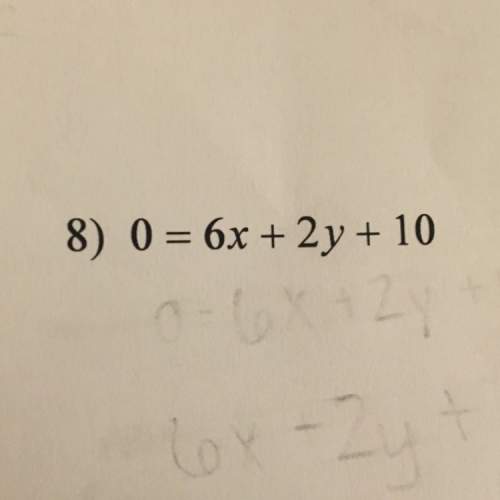
Mathematics, 21.04.2020 17:59 natachalebrun2
Let f(x) = 1 x+1 . Let fn (x) to be the function f composed with itself n times. (For example, f3 (x) = f(f(f(x))).) Using trial and error, conjecture a guess for f n(x) and use mathematical induction to prove that guess. Your guess should be a closed form without any summations in it. The constants/variables that should appear in your guess n and x.

Answers: 1


Other questions on the subject: Mathematics


Mathematics, 21.06.2019 16:40, kokokakahi
Find the solutions for a triangle with a =16, c =12, and b = 63º
Answers: 3

Mathematics, 21.06.2019 20:00, cielo2761
The table below represents a linear function f(x) and the equation represents a function g(x): x f(x) −1 −5 0 −1 1 3 g(x) g(x) = 2x − 7 part a: write a sentence to compare the slope of the two functions and show the steps you used to determine the slope of f(x) and g(x). (6 points) part b: which function has a greater y-intercept? justify your answer. (4 points)
Answers: 2

Mathematics, 21.06.2019 22:40, Savannahh8503
Aclassmate thinks that solving a system by graphing gives an exact answer when the lines appear to cross at a grid point, but only an approximate answer when they don't. explain why this isn't true.
Answers: 3
You know the right answer?
Let f(x) = 1 x+1 . Let fn (x) to be the function f composed with itself n times. (For example, f3 (x...
Questions in other subjects:






Mathematics, 18.03.2021 23:40







